Why point‑and‑shoot film cameras are back in 2025
What you’ll get: the key forces reviving compact film cameras and why it matters for sustainable, joyful shooting.
Point‑and‑shoot film cameras hand back the rhythm modern phones compressed. You lift, frame, wait for the whirr—and shoot with intention. That slower pace, a tactile shutter, and honest grain have become a welcome antidote to infinite bursts.
Sustainability is central: extending the life of well‑made second‑hand compacts beats buying new. Auto‑everything models lower the barrier to film photography—anyone can load a roll, hit auto flash, and make memorable frames with that classic, shareable look. The community loves the stylistic fingerprints too: poppy built‑in flash, punchy color, and a little grit. Plus, there’s supply: a healthy second‑hand market and a wave of simple, reusable compacts make it easy to get started or return to film.

Best point‑and‑shoot film cameras to buy in 2025 (by budget)
What you’ll get: clear picks across budgets, why they shine, and what to consider before you buy.
For budget fun, simple reusables like the Ilford Sprite 35‑II, Dubblefilm Show, Reto UWS, and Kodak Ektar H35/H35N deliver light, carefree shooting. Expect fixed focus and modest optics—perfect for parties and sunny days. Stepping up, affordable vintage autofocus lines (Canon Sure Shot/Prima, Pentax Espio, Nikon Lite Touch, Olympus Infinity Stylus/Mju I, Nikon L35AF) add real utility: autofocus, flash modes, and better glass. Mid‑range classics—Konica Big Mini, Pentax Espio Mini, Olympus Stylus Epic/Mju‑II—pack sharp lenses into pocketable bodies. Premium compacts (Contax T2/T3, Yashica T4/T5, Ricoh GR1v, Fujifilm Klasse) offer exceptional lenses and metering, with the trade‑off of scarcity and parts availability.

| Name | Best for | ISO/Spec | Look/Result | Latitude/Usability | Notes |
|---|---|---|---|---|---|
| Ilford Sprite 35‑II | First‑timers, party snaps | Fixed focus, reusable | Flashy, fun snapshots | Point‑and‑shoot simple | Light, durable plastic |
| Kodak Ektar H35N | Travel, storytelling | Half‑frame, 72 shots | Grainier, diptych‑friendly | Twice the frames | Scanning needs care |
| Nikon L35AF | Everyday street | 35mm f/2.8, AF | Punchy, classic color | AF + flash modes | Check seals/motor |
| Olympus Stylus Epic (Mju‑II) | Pocketable sharpness | 35mm f/2.8, compact | Sharp, contrasty | Weather‑friendly | Can be fragile |
| Yashica T4 | Premium all‑rounder | 35mm f/3.5 Zeiss | Crisp, smooth tonality | Simple interface | Scarce parts |
Attribute ratings (0–5)
Indicative ratings to guide expectations; your lighting and processing choices matter most.
Pros
- Half‑frame doubles shots and invites diptych storytelling.
- Vintage AF compacts add real flash control and reliable metering.
- Premium models deliver top lens quality and refined metering.
Cons
- Half‑frame reduces per‑frame detail and may complicate scanning.
- Older compacts may need seals; motors can be tired.
- Premium models face parts scarcity and higher demand.
Want a wider search? You can also browse analog film cameras beyond compacts for rangefinders and SLRs.
How to choose the right compact for your shooting style
What you’ll get: the key specs and signals that match a compact to your habits—and how to inspect before you buy.
Pick a focal length you’ll live with: 28–35mm is versatile for travel and street. Look for multi‑AF or an AF confirmation light for low‑light confidence. Flash modes matter—auto, fill, off, and slow‑sync expand creativity. Check ISO handling: some cameras read DX only; others allow manual ISO, which helps when you push or shoot non‑DX cassettes. Batteries vary: AA is easy everywhere; CR123A/CR2 are common but check availability and the integrity of the battery door. Finally, judge reliability through feel—clean viewfinder, responsive shutter, smooth advance/rewind, and firm door latch.

- Inspect lens for haze, fungus, scratches (shine a light at an angle).
- Open back: check foam light seals for goo or cracking.
- Battery test: no corrosion in the compartment; camera powers on.
- Dry‑fire: shutter clicks, flash charges and fires, AF indicator behaves.
- Advance/rewind sounds smooth; film door latches firmly.
- Viewfinder: bright, no major debris; frame lines visible.
- Load a test roll or leader: confirm auto‑load and frame counter.
- Confirm ISO behavior (DX reading or manual setting) matches your films.
- Ask for recent sample images or a return window when buying second‑hand.
Maintenance tips for longevity (second‑hand friendly)
What you’ll get: simple, safe habits that preserve second‑hand compacts when repair parts are limited.
Keep it gentle: use a blower for dust, microfiber for the body, and lens tissue with proper solution for glass. Replace failing foam light seals to prevent leaks; test with a dummy roll before a big trip. Remove batteries for long storage and use fresh, brand‑name cells when you shoot. Store in a cool, dry place with a small desiccant—never in hot cars or damp basements. Exercise the camera monthly: fire the shutter and run the advance/rewind to keep things limber. Use a wrist strap, and avoid tight cases that trap moisture. With parts scarce for many models, preventive care beats repair every time.
Creative ideas to get the most from a point‑and‑shoot
What you’ll get: fast techniques to squeeze more character, clarity, and story out of every roll.
- Daylight fill flash for crisp portraits and reduced shadows.
- Slow‑sync at dusk for light trails with a sharp subject.
- Half‑frame diptychs: tell a story across two frames.
- Reflections and backlight: meter for highlights to silhouette.
- High‑ISO color negative for gritty night street; classic BW for timeless contrast.
- Lean into 1–2 m distances—many compacts peak in center sharpness there.
- Minimalism challenge: one roll, one focal length, one theme.
First‑roll confession: I thrifted a scuffed Pentax Espio, loaded ISO 400, and walked into golden hour. The first flash portrait stunned me—clean skin, sparkly eyes, and that unmistakable on‑camera pop. A lucky candid—two friends under a neon sign—became my favorite because the meter nailed the balance. Lesson for roll two: use fill more, get closer, and trust the AF beep.
Where to buy sustainably (and what to expect)
What you’ll get: how to shop second‑hand with confidence and keep gear in circulation.
Look for graded condition, test notes, and a short warranty or return window. Favor shops that clean, re‑seal when needed, and verify meter/flash functions. Compare alternatives—affordable autofocus compacts can outperform pricey premiums if you value reliability over rarity. Bundle smartly with spare batteries, a breathable case, and a wrist strap. Trade‑in programs keep gear circulating and reduce environmental impact. Ready to dive in? Start by exploring a curated selection and shop point‑and‑shoot cameras that have been inspected.
Quick decision: who should pick what
- Just starting on film: Ilford Sprite 35‑II or Dubblefilm Show for sunny, flash‑happy fun.
- Street/travel all‑rounder: Canon Sure Shot, Pentax Espio, or Nikon Lite Touch for AF + flash control.
- Pocket sharpness: Olympus Stylus Epic (Mju‑II) or Konica Big Mini.
- Premium image quality: Contax T2/T3, Yashica T4/T5, Ricoh GR1v, or Fujifilm Klasse—handle with care.
- Max value per roll: Kodak Ektar H35/H35N (half‑frame) for 72 shots and creative diptychs.
FAQ
- Which are the best point‑and‑shoot film cameras in 2025?
- By budget: simple reusables (Sprite 35‑II, H35N), solid vintage AF (Canon Sure Shot, Pentax Espio, Nikon L35AF), and premium compacts (Contax T2/T3, Yashica T4/T5, Ricoh GR1v, Klasse) if you accept parts scarcity.
- Why are point‑and‑shoot film cameras popular again?
- Nostalgia, a distinctive flash/film look, a slower creative process, phone fatigue, and sustainability—reusing reliable compacts instead of buying new.
- How do I care for a 2025 film point‑and‑shoot?
- Keep it clean and dry, replace failing light seals, use fresh batteries, store with desiccant, and exercise the shutter monthly.
- What makes 2025 point‑and‑shoot models unique?
- A mix of classic autofocus compacts with sharp lenses and newer reusable half‑frame options that double exposures per roll and encourage creative sequencing.
- Are half‑frame point‑and‑shoots worth it?
- Yes if you want 2× shots per roll and diptych storytelling; choose full‑frame for maximum per‑frame quality and easier scanning.
- Can I use modern film stocks in old compacts?
- Yes. Ensure the camera reads DX codes correctly or allows manual ISO. Color negative is forgiving; BW and slide need accurate exposure.
Level up your kit
Add reliability to every roll—wrist strap, spare batteries, and a breathable case. Browse our curated film photography accessories to round out your compact.
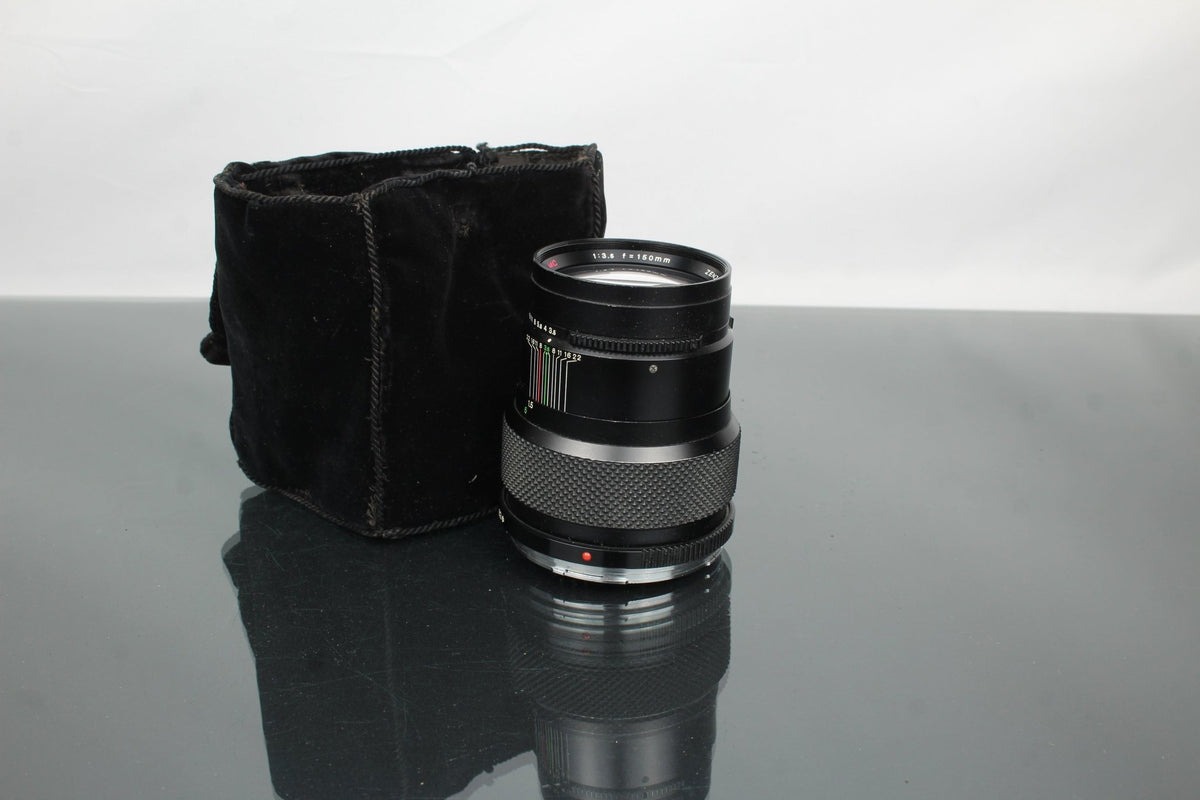
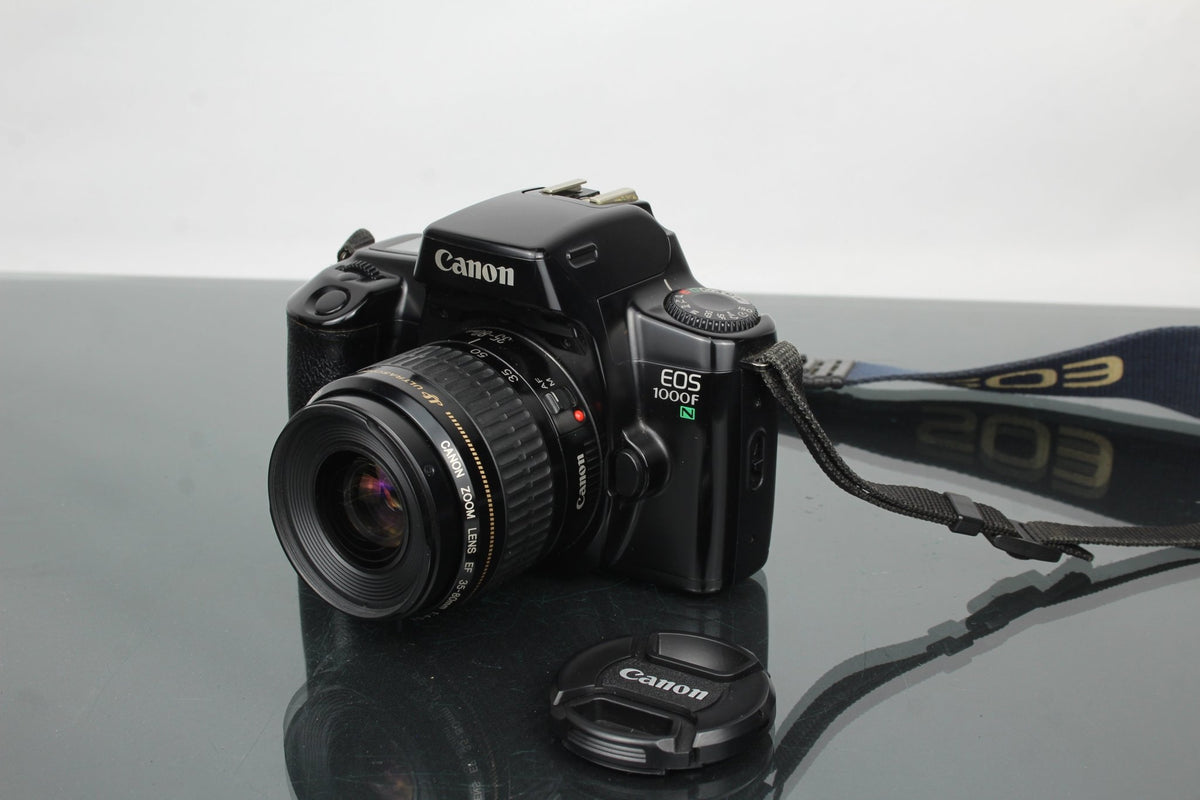
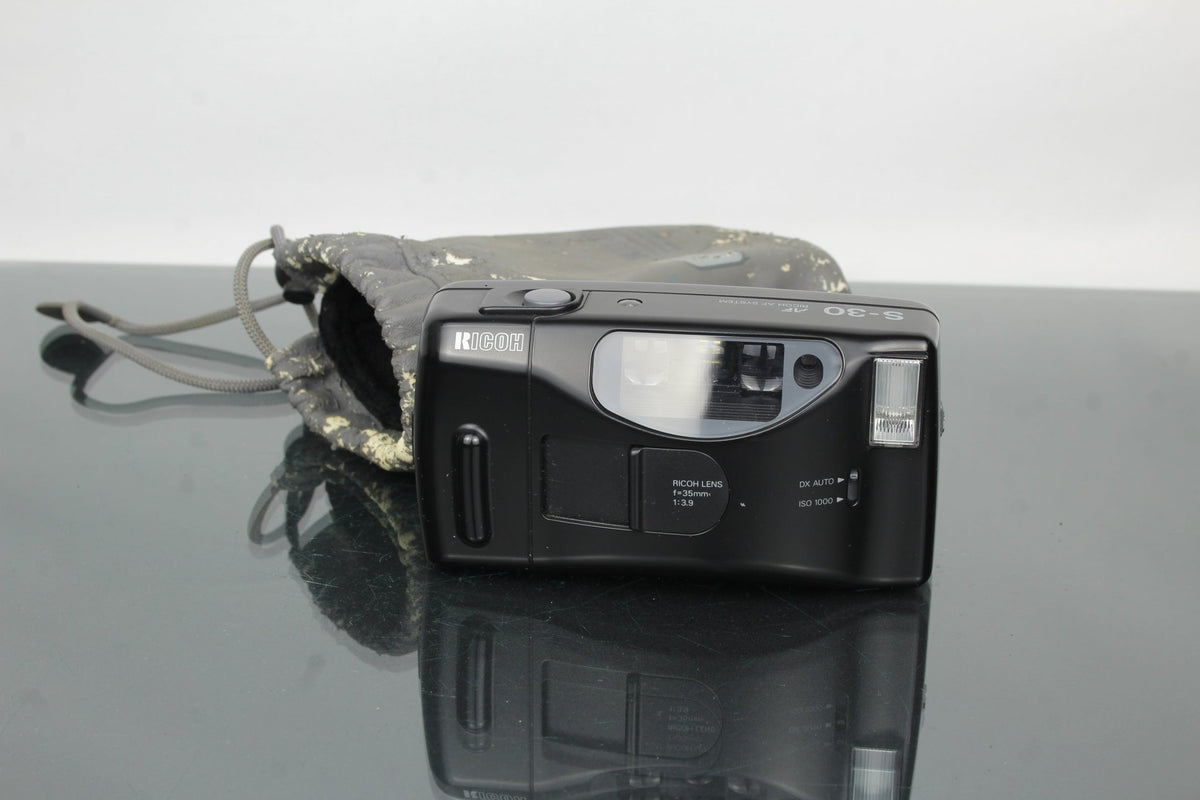
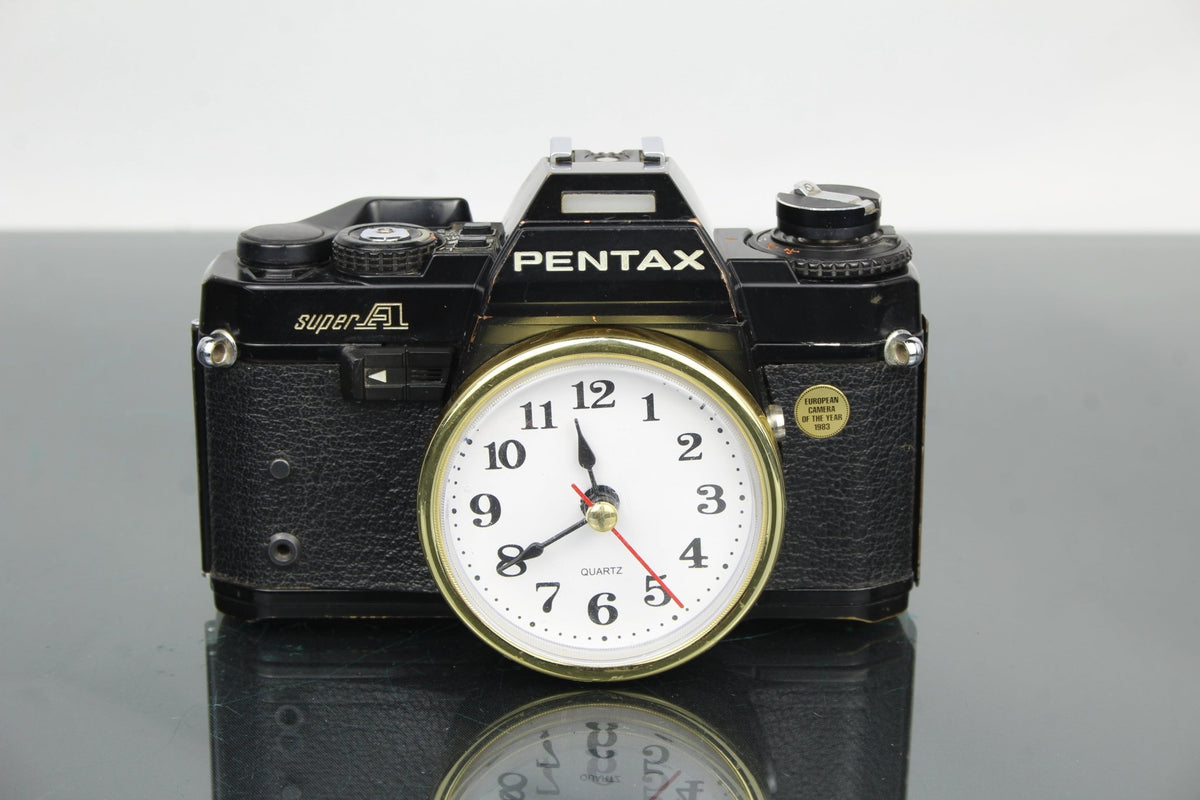
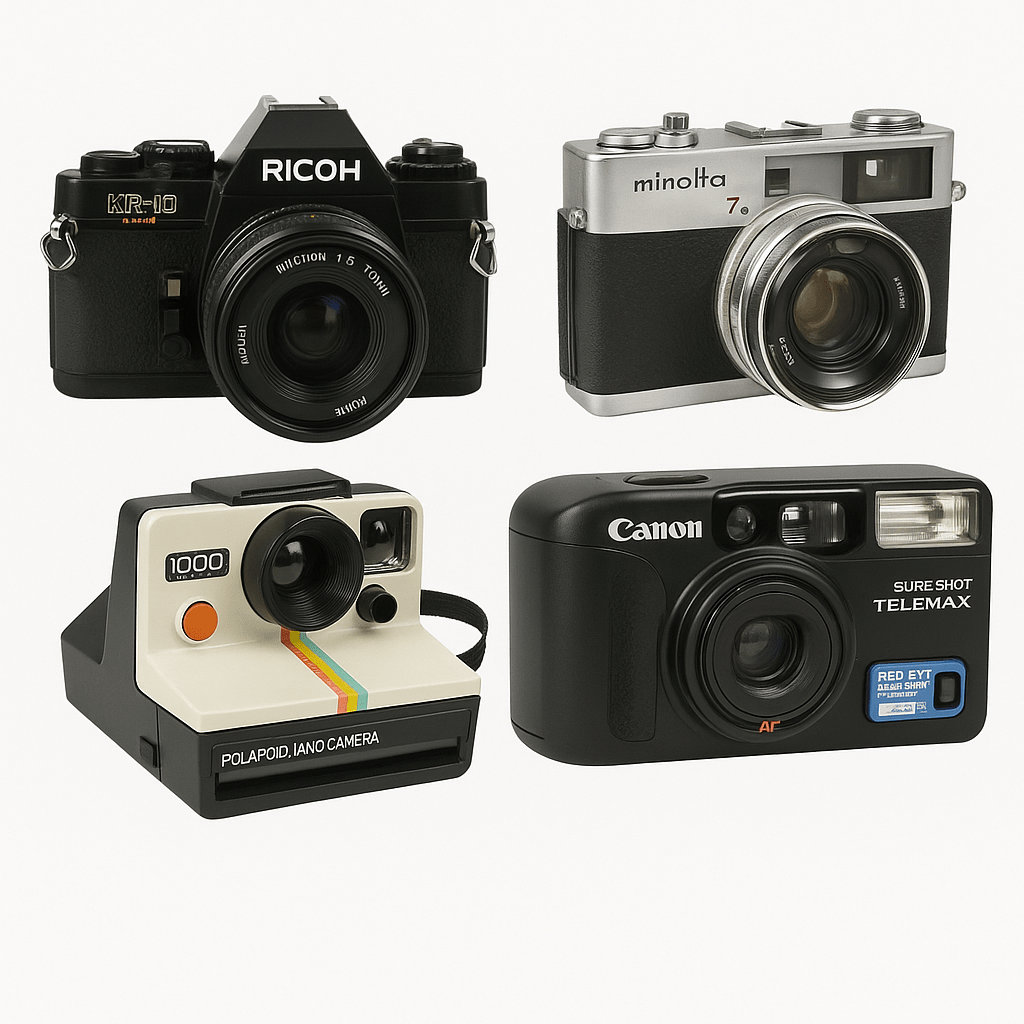
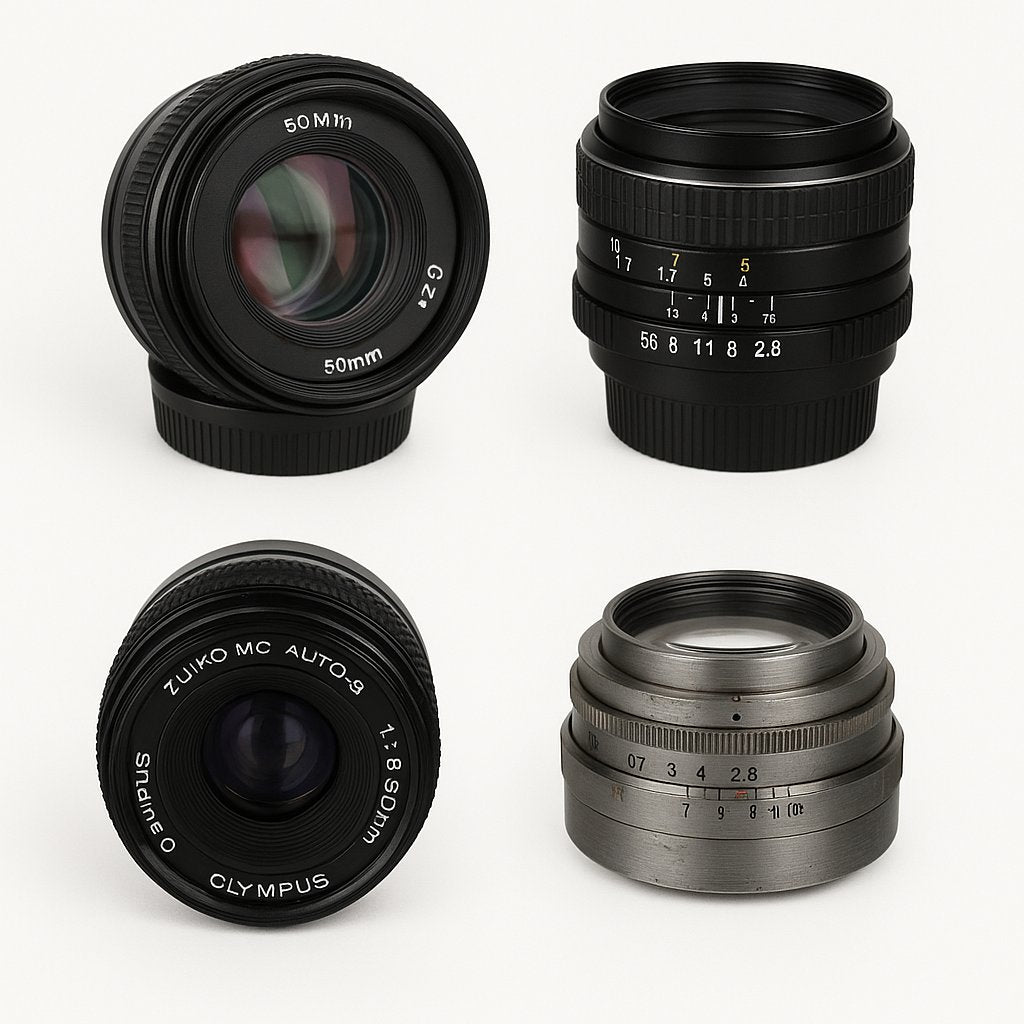
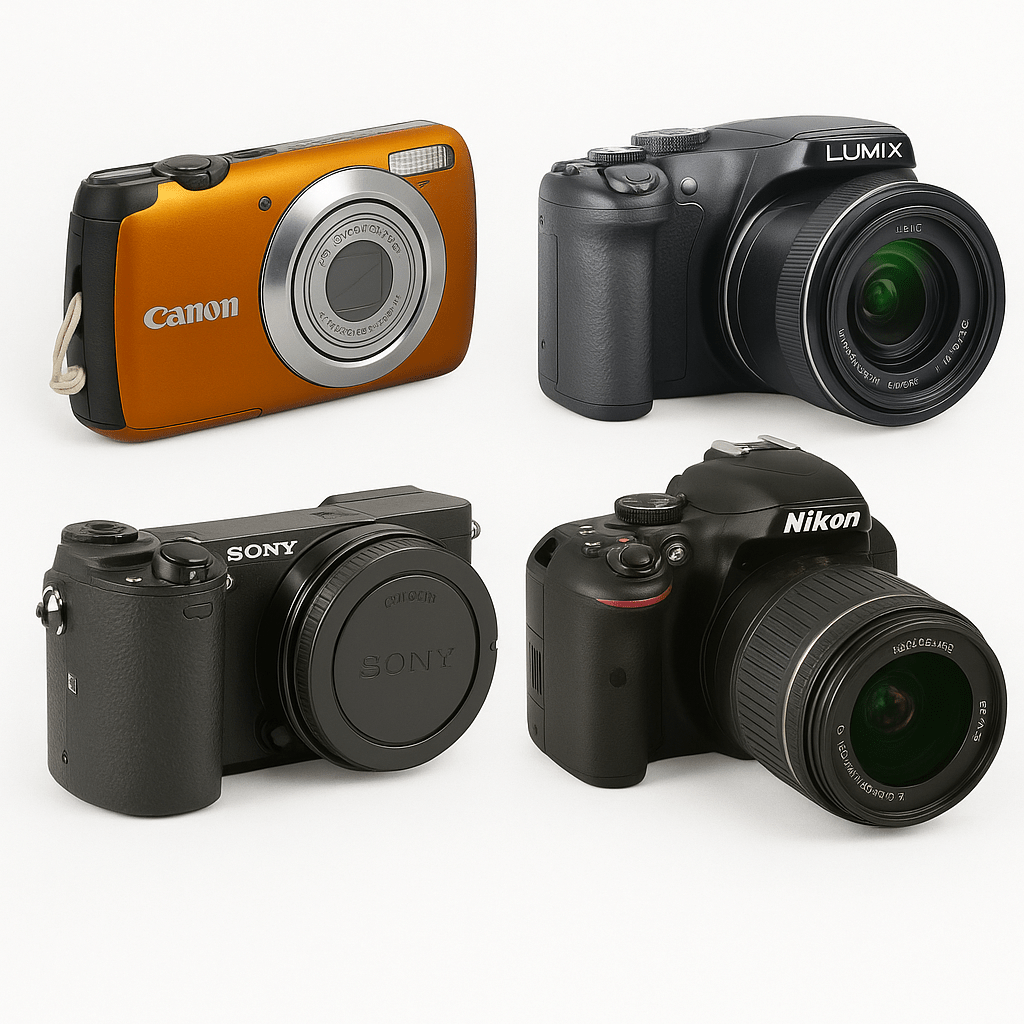
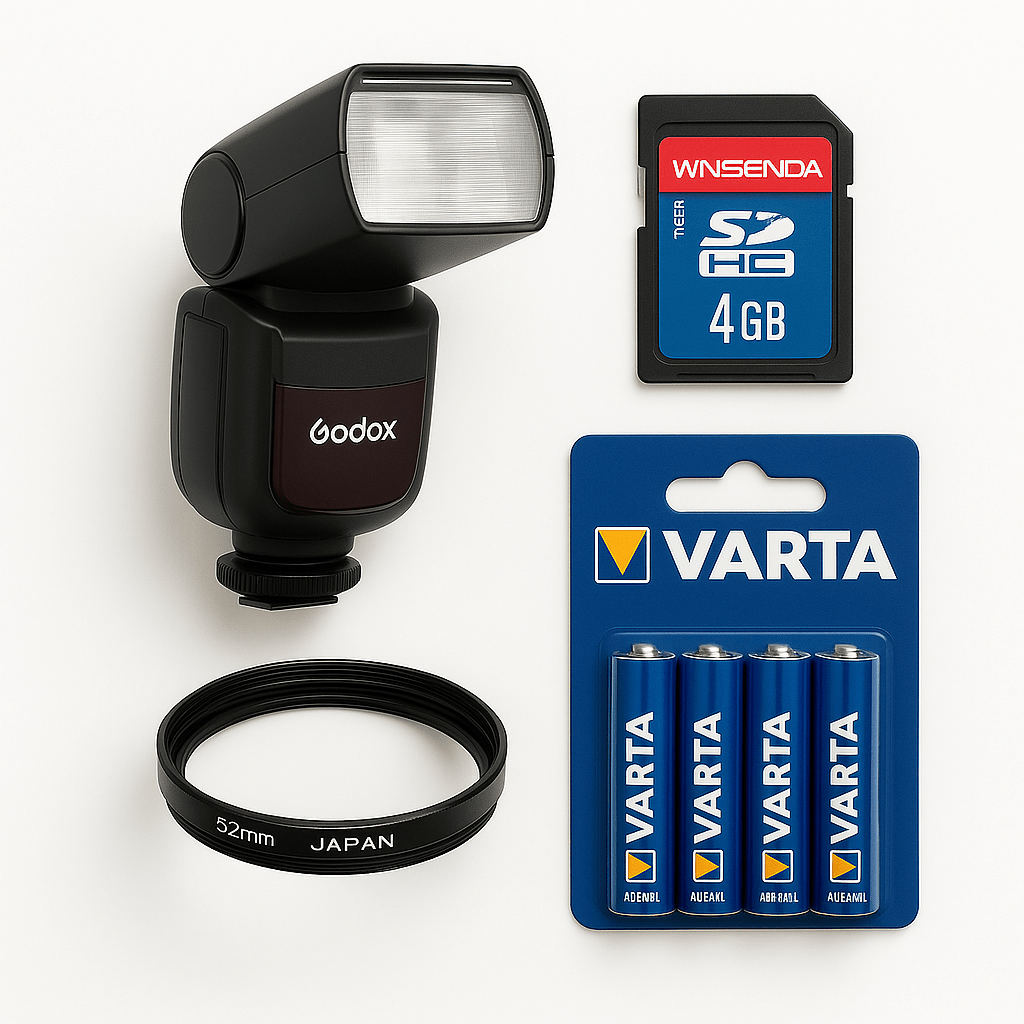
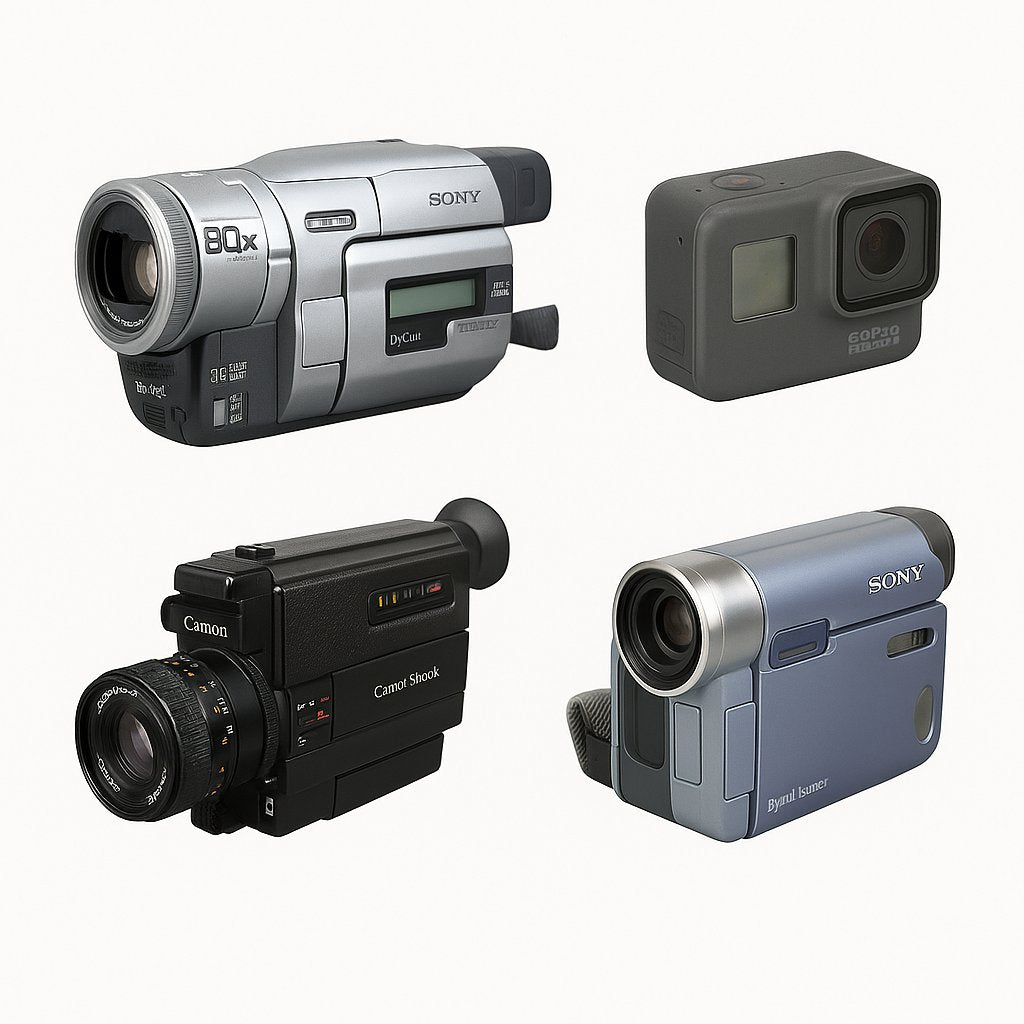
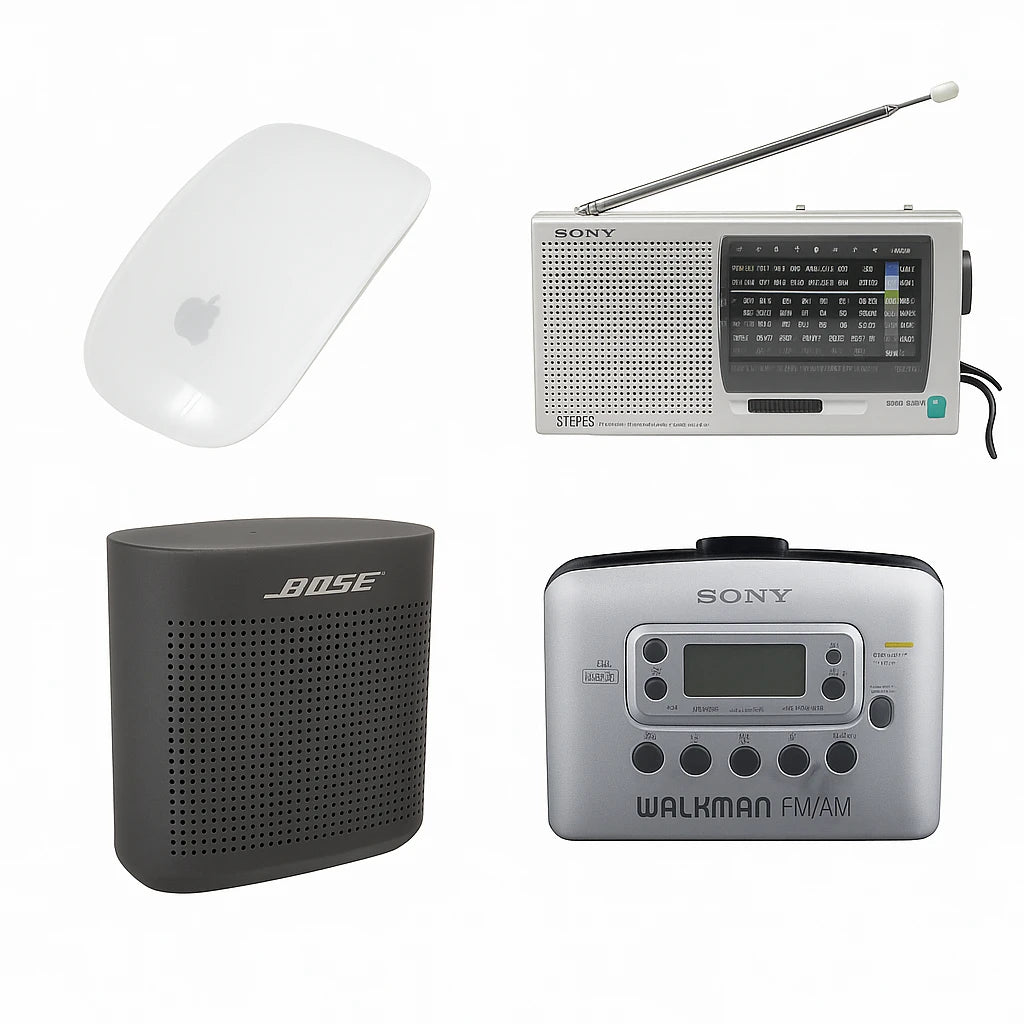
0 comments